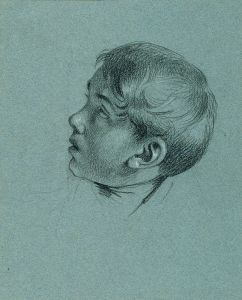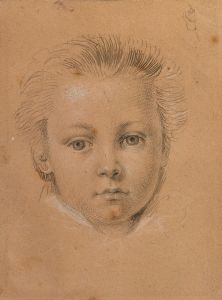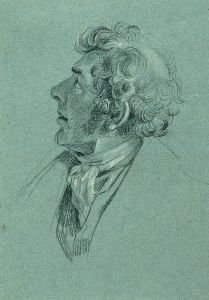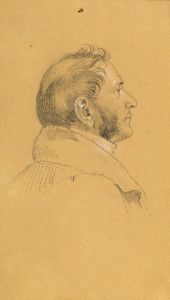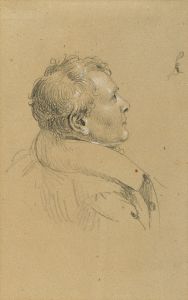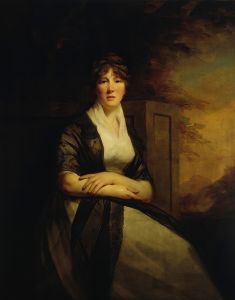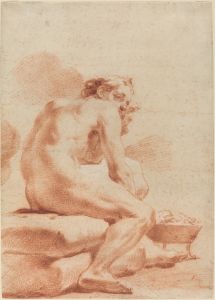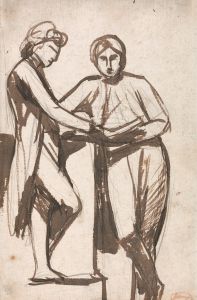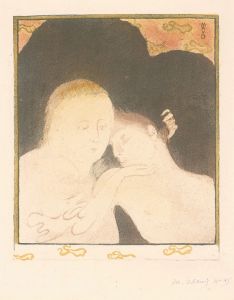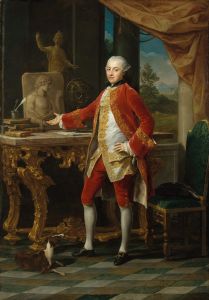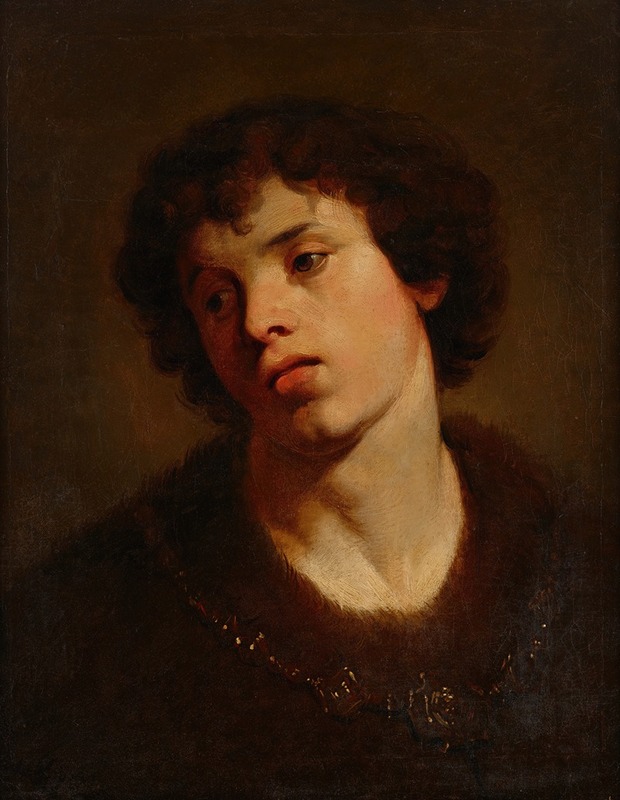
Bildnis eines jungen Mannes
A hand-painted replica of Johann Peter Krafft’s masterpiece Bildnis eines jungen Mannes, meticulously crafted by professional artists to capture the true essence of the original. Each piece is created with museum-quality canvas and rare mineral pigments, carefully painted by experienced artists with delicate brushstrokes and rich, layered colors to perfectly recreate the texture of the original artwork. Unlike machine-printed reproductions, this hand-painted version brings the painting to life, infused with the artist’s emotions and skill in every stroke. Whether for personal collection or home decoration, it instantly elevates the artistic atmosphere of any space.
Johann Peter Krafft was an Austrian painter known for his historical and portrait paintings. One of his notable works is "Bildnis eines jungen Mannes," which translates to "Portrait of a Young Man." This painting exemplifies Krafft's skill in capturing the essence and character of his subjects with meticulous attention to detail and a refined sense of composition.
Krafft was born on September 15, 1780, in Hanau, Germany, and later moved to Vienna, where he became a prominent figure in the Austrian art scene. He studied at the Academy of Fine Arts in Vienna and was influenced by the Neoclassical style, which is evident in his works. Krafft's career flourished in the early 19th century, and he became known for his ability to blend realism with idealism, a hallmark of Neoclassical art.
"Bildnis eines jungen Mannes" is a testament to Krafft's portraiture skills. Although specific details about the painting's creation, such as the exact date and the identity of the young man depicted, are not well-documented, the work reflects the artist's typical approach to portraiture. Krafft often focused on the psychological depth of his subjects, capturing not only their physical likeness but also their inner character and emotions.
The painting likely features a young man dressed in the fashion of the early 19th century, with attention to the textures and details of his clothing. Krafft's use of light and shadow would have been employed to enhance the three-dimensionality of the figure, a technique that adds a lifelike quality to the portrait. The background of the painting is probably simple, directing the viewer's attention to the subject's face and expression.
Krafft's portraits are known for their clarity and precision, and "Bildnis eines jungen Mannes" would be no exception. His ability to render the subtleties of skin tone and fabric texture demonstrates his technical proficiency and his dedication to realism. This painting, like many of Krafft's works, would have been intended to convey not just the appearance of the subject but also a sense of their personality and social standing.
Throughout his career, Johann Peter Krafft received numerous commissions from the Austrian nobility and bourgeoisie, which helped to establish his reputation as a leading portraitist of his time. His works are held in various collections, including the Belvedere in Vienna, which houses a significant number of his paintings.
In summary, "Bildnis eines jungen Mannes" by Johann Peter Krafft is a fine example of early 19th-century portraiture, showcasing the artist's skill in capturing the likeness and character of his subjects. While specific details about the painting are limited, it remains a testament to Krafft's contribution to the art of portraiture during his era.






